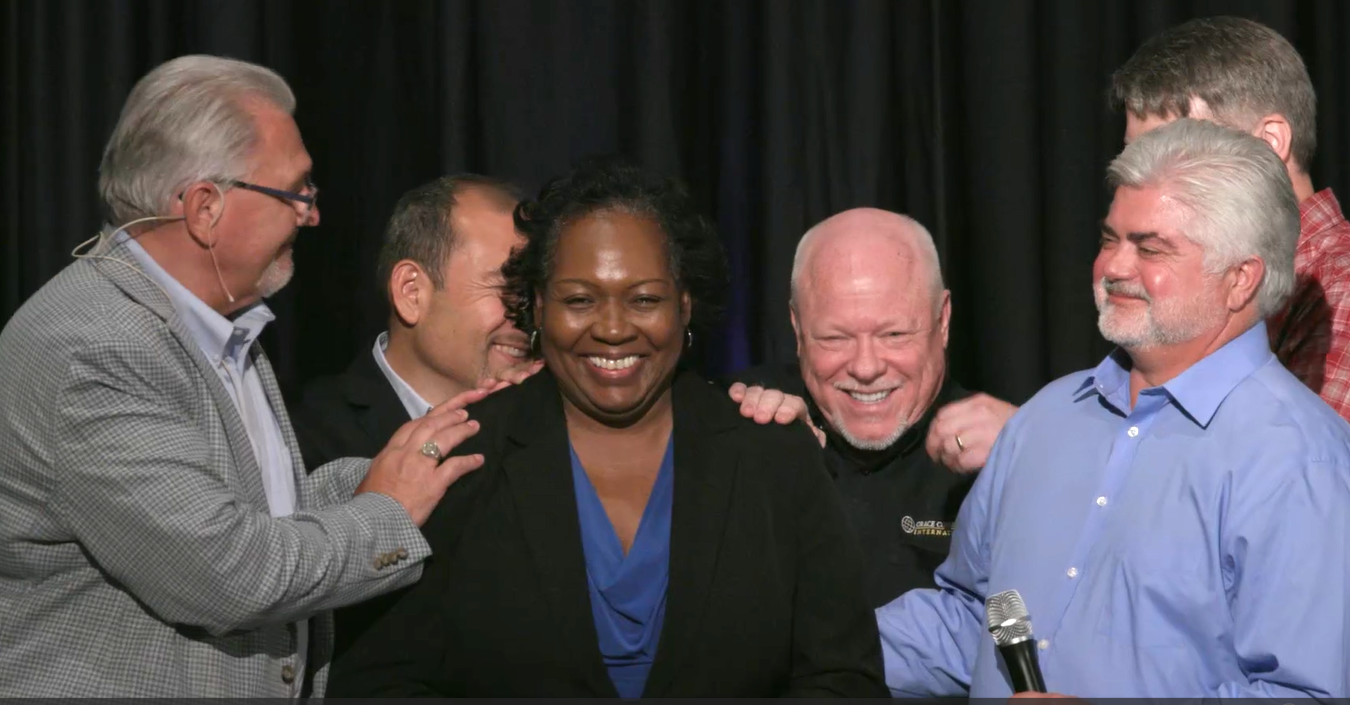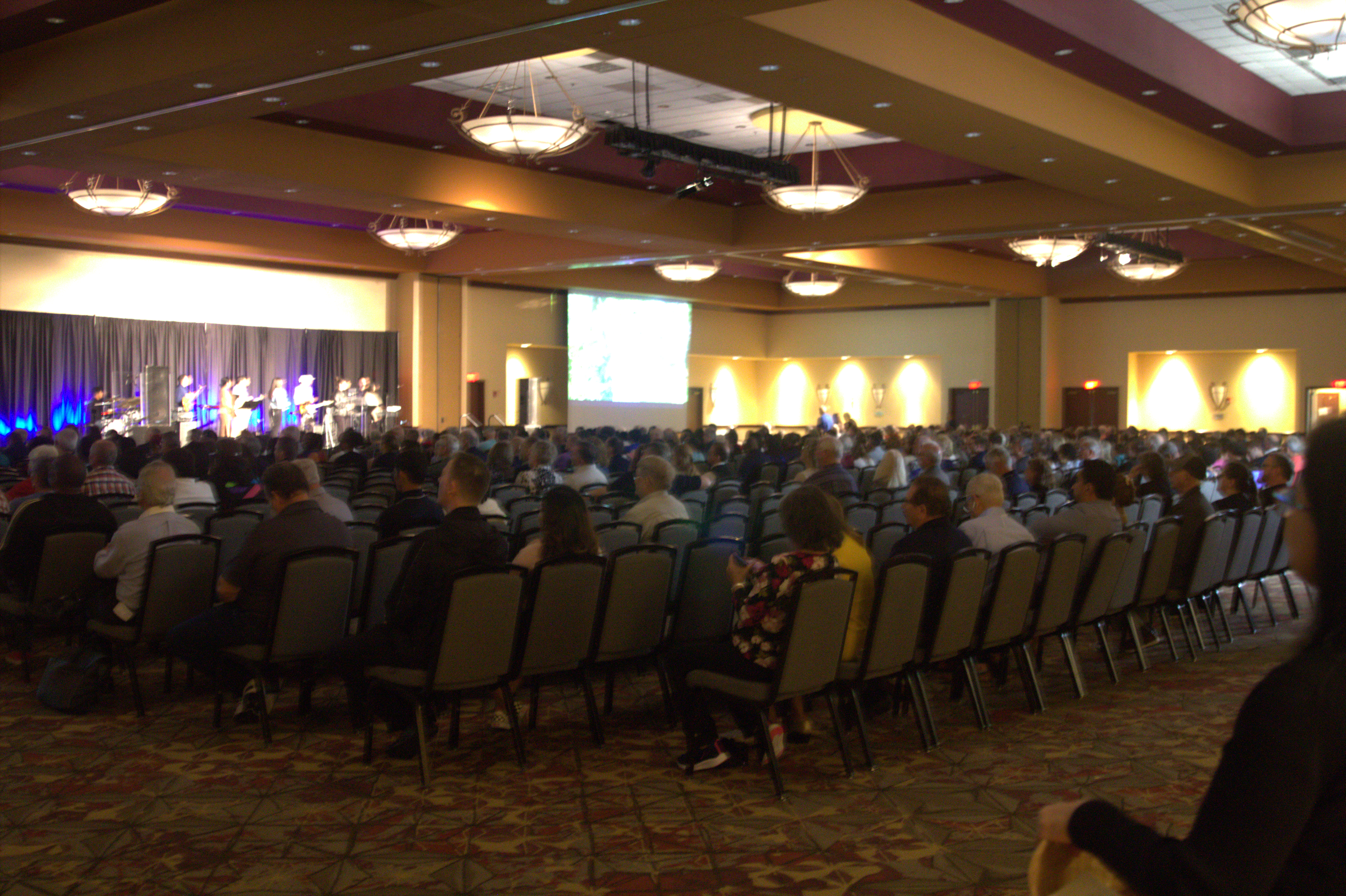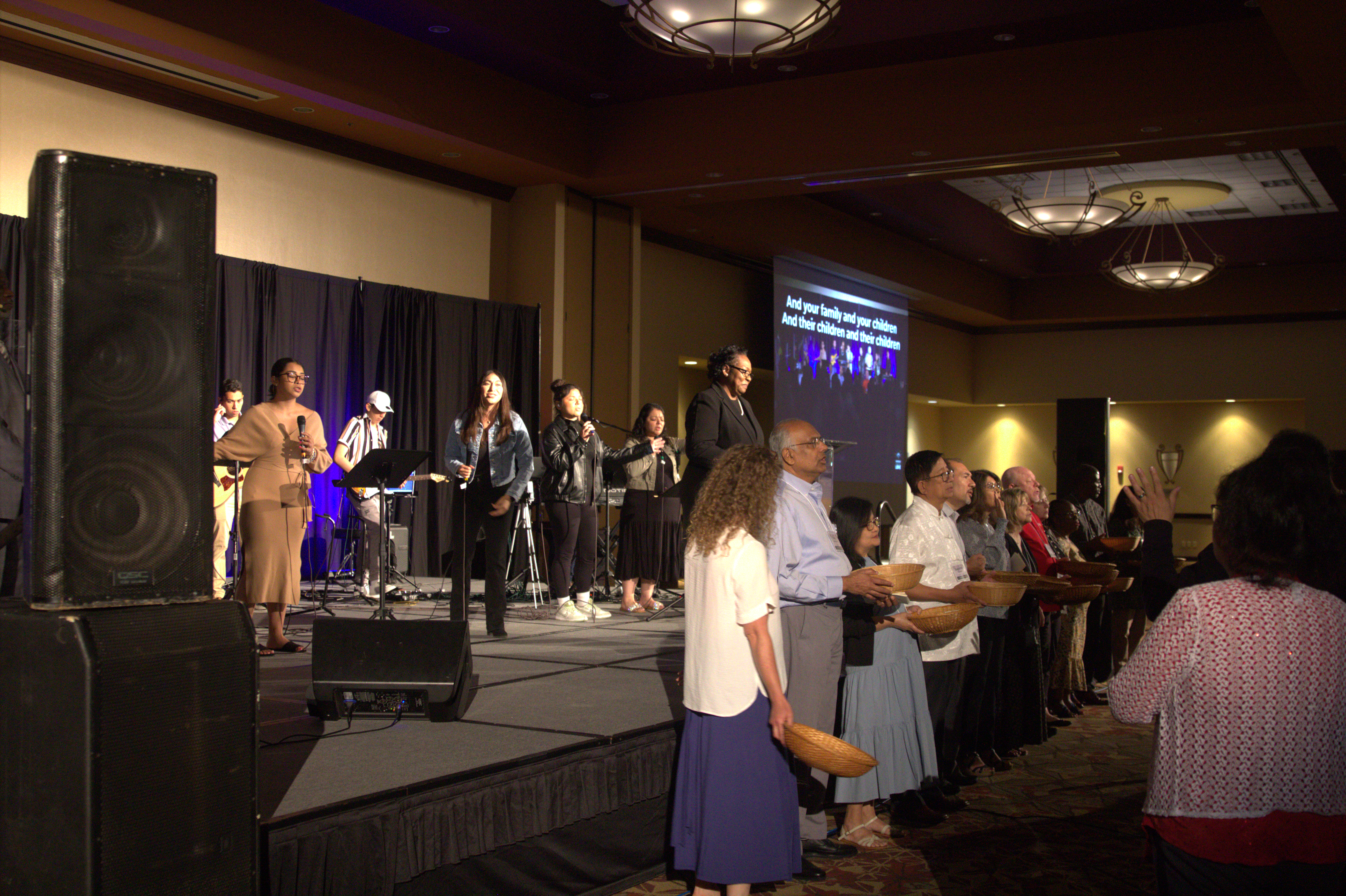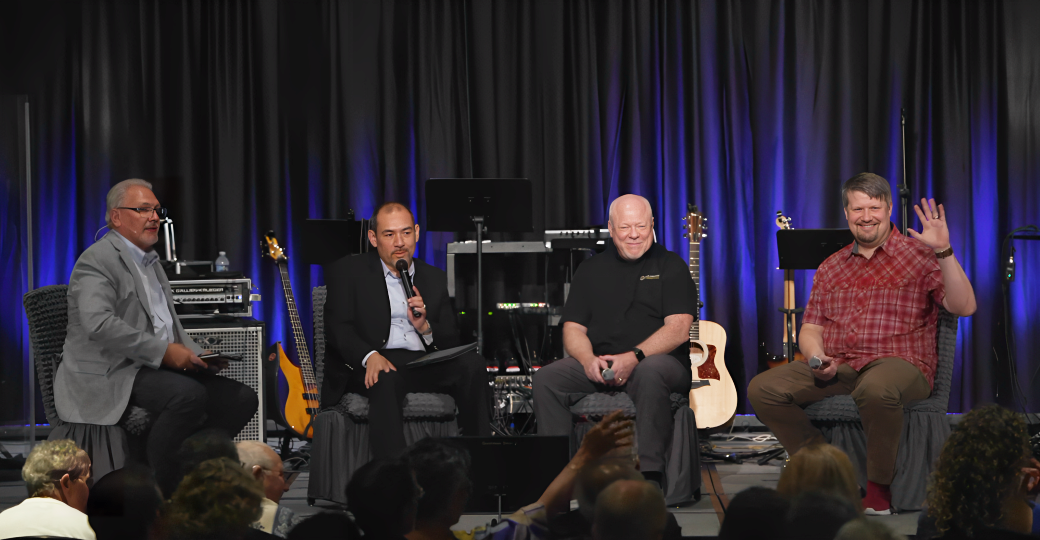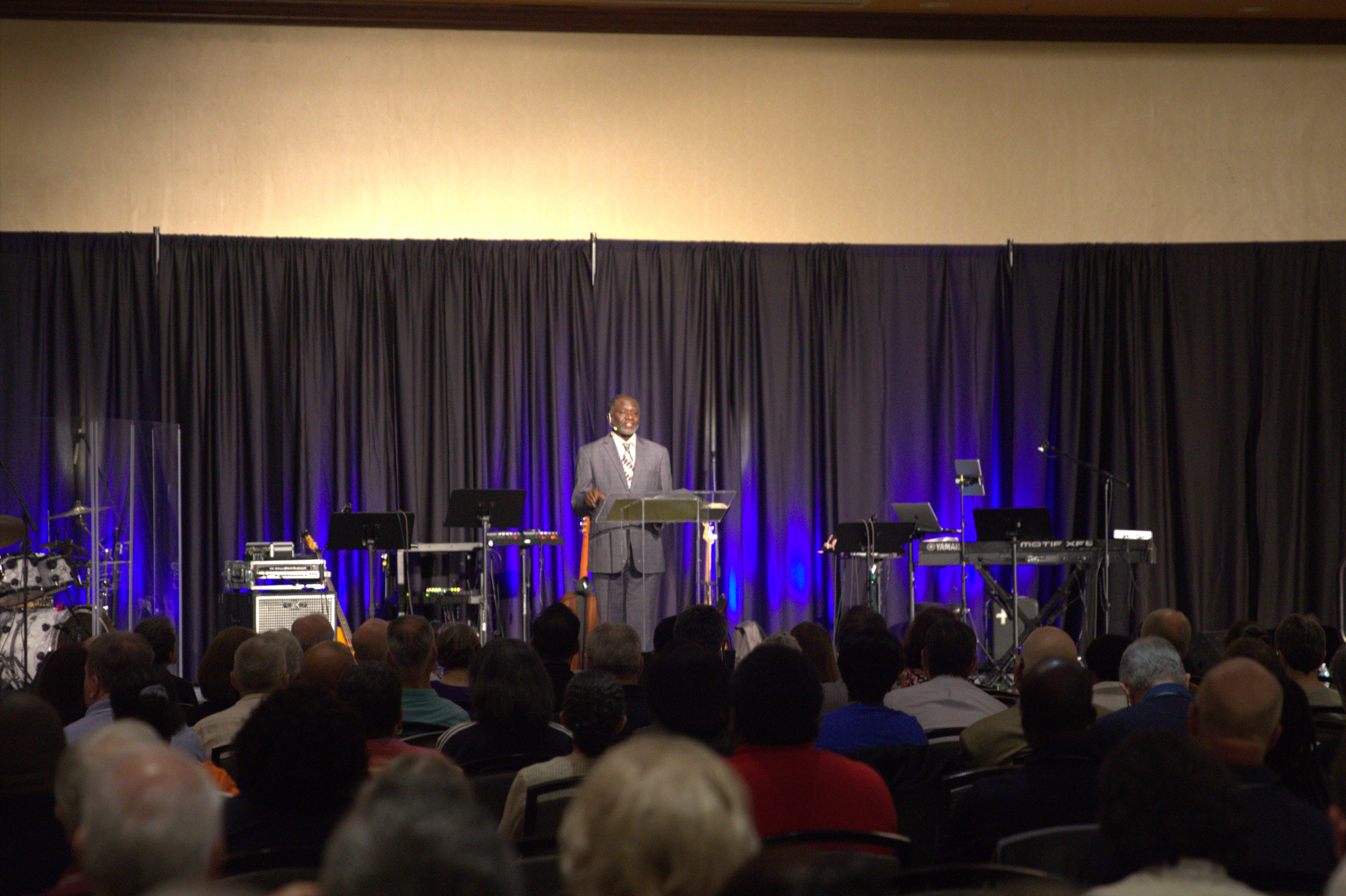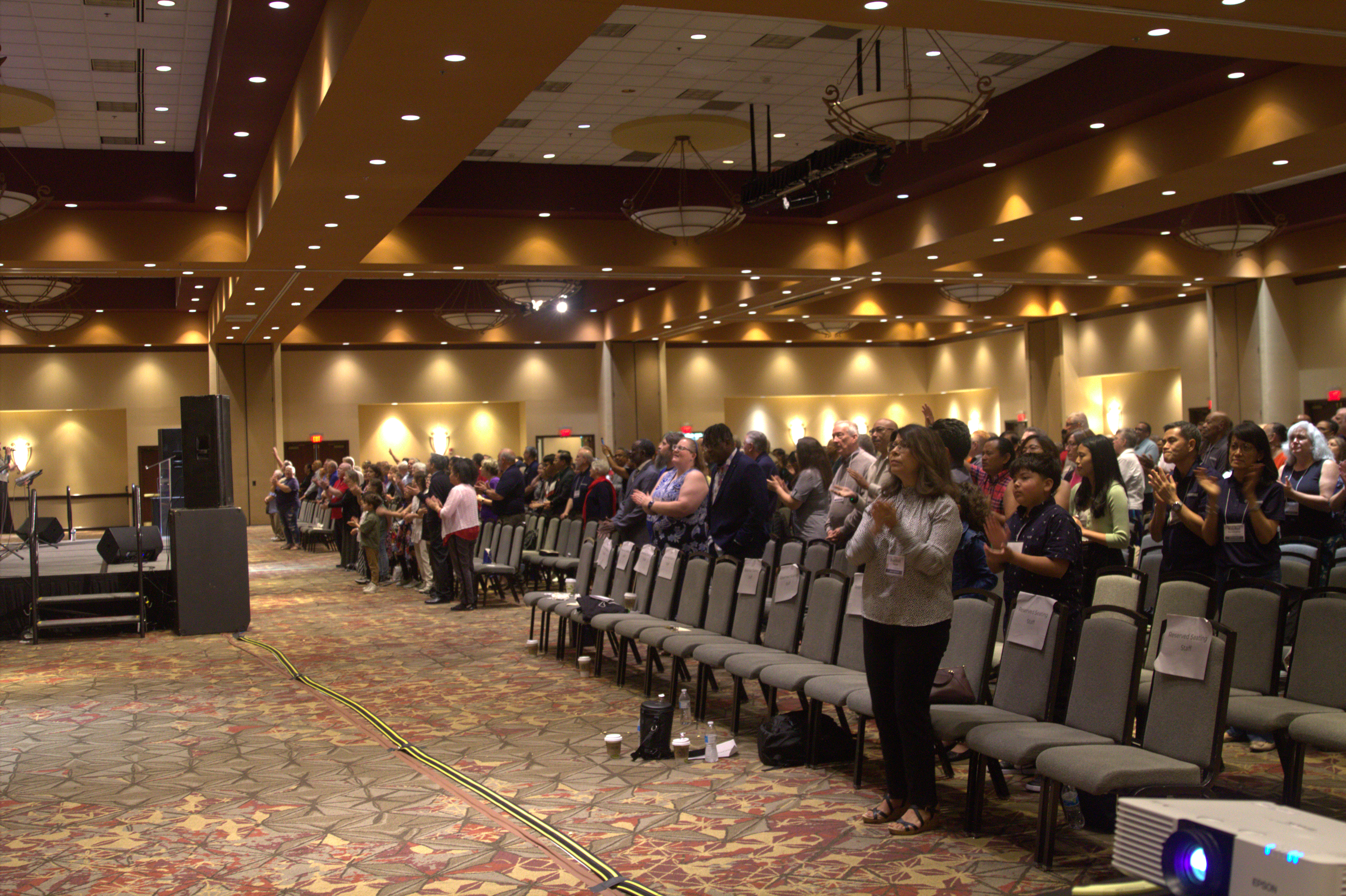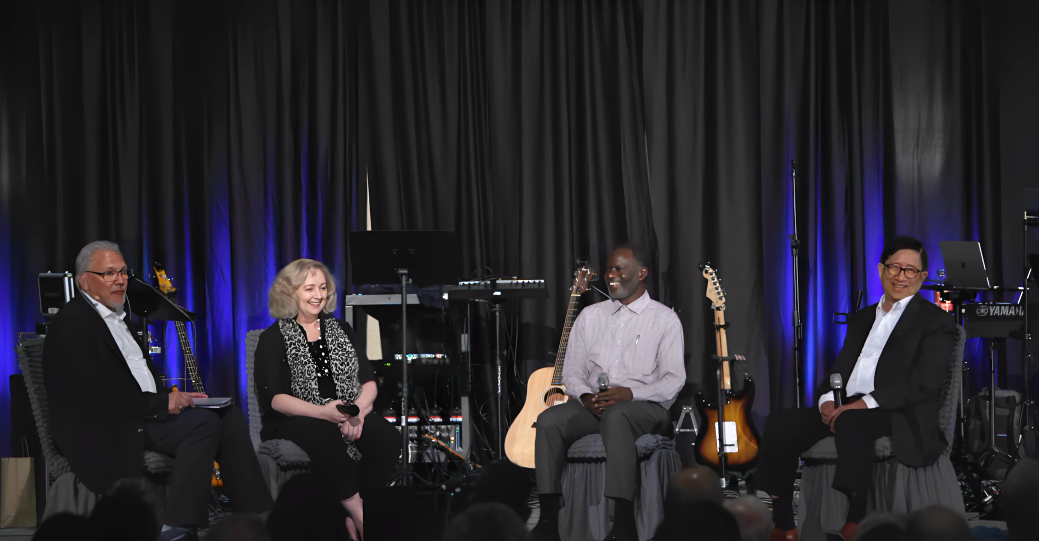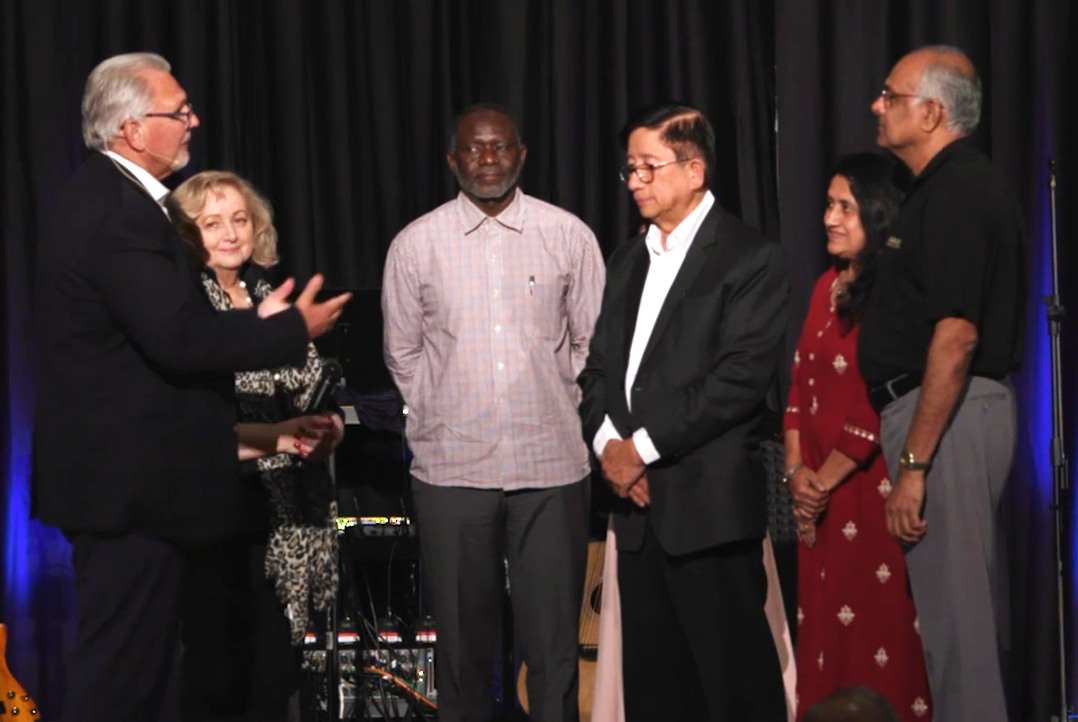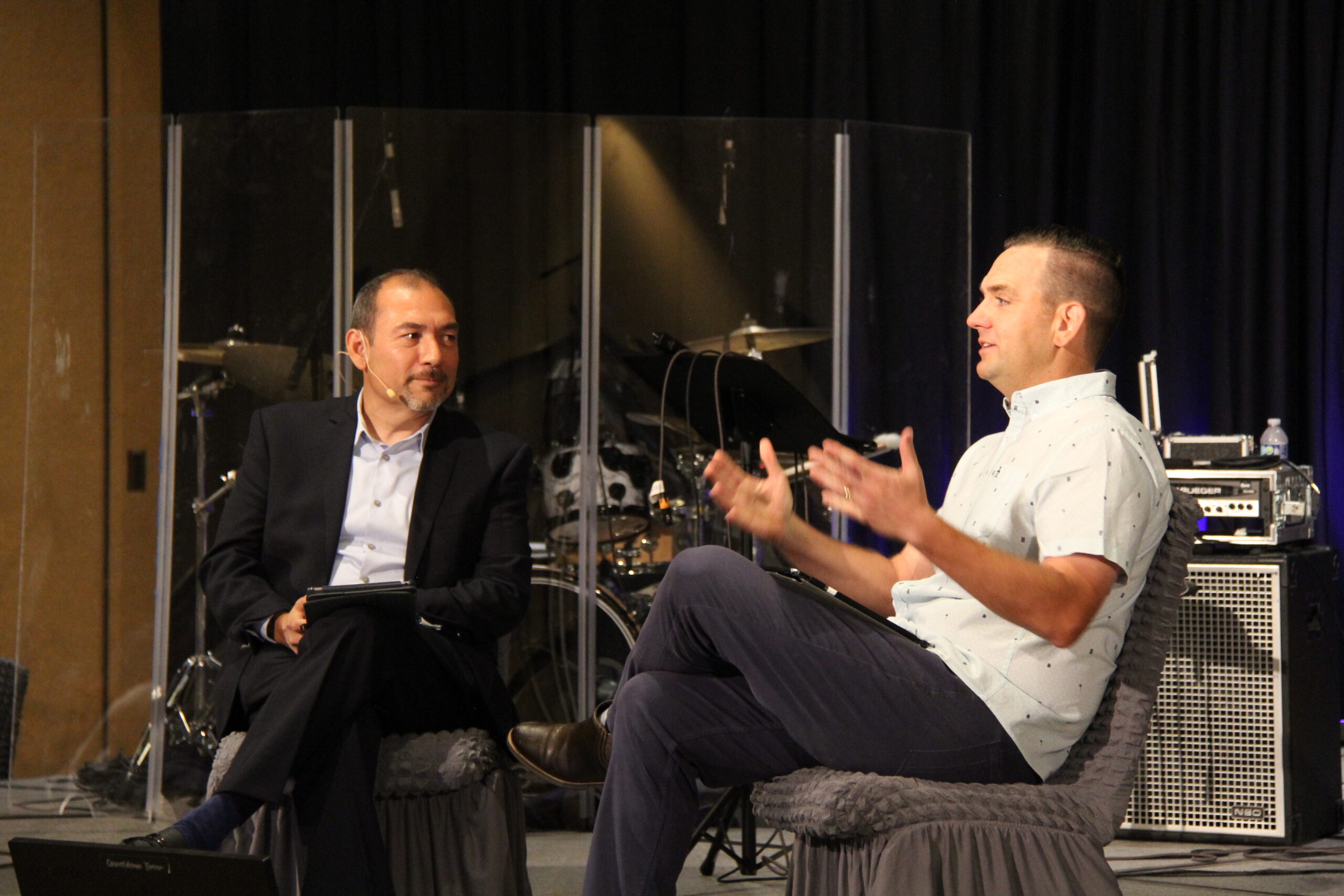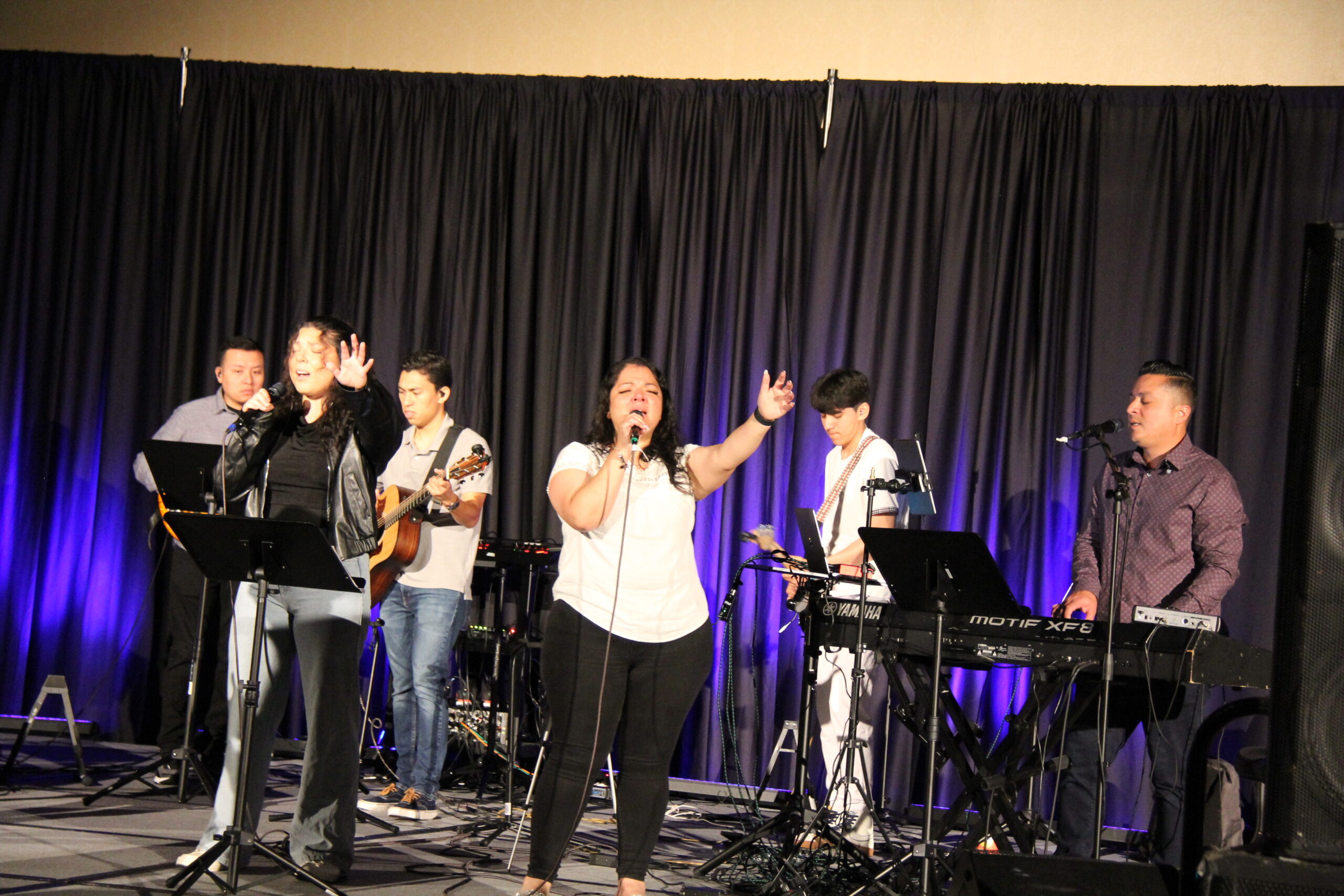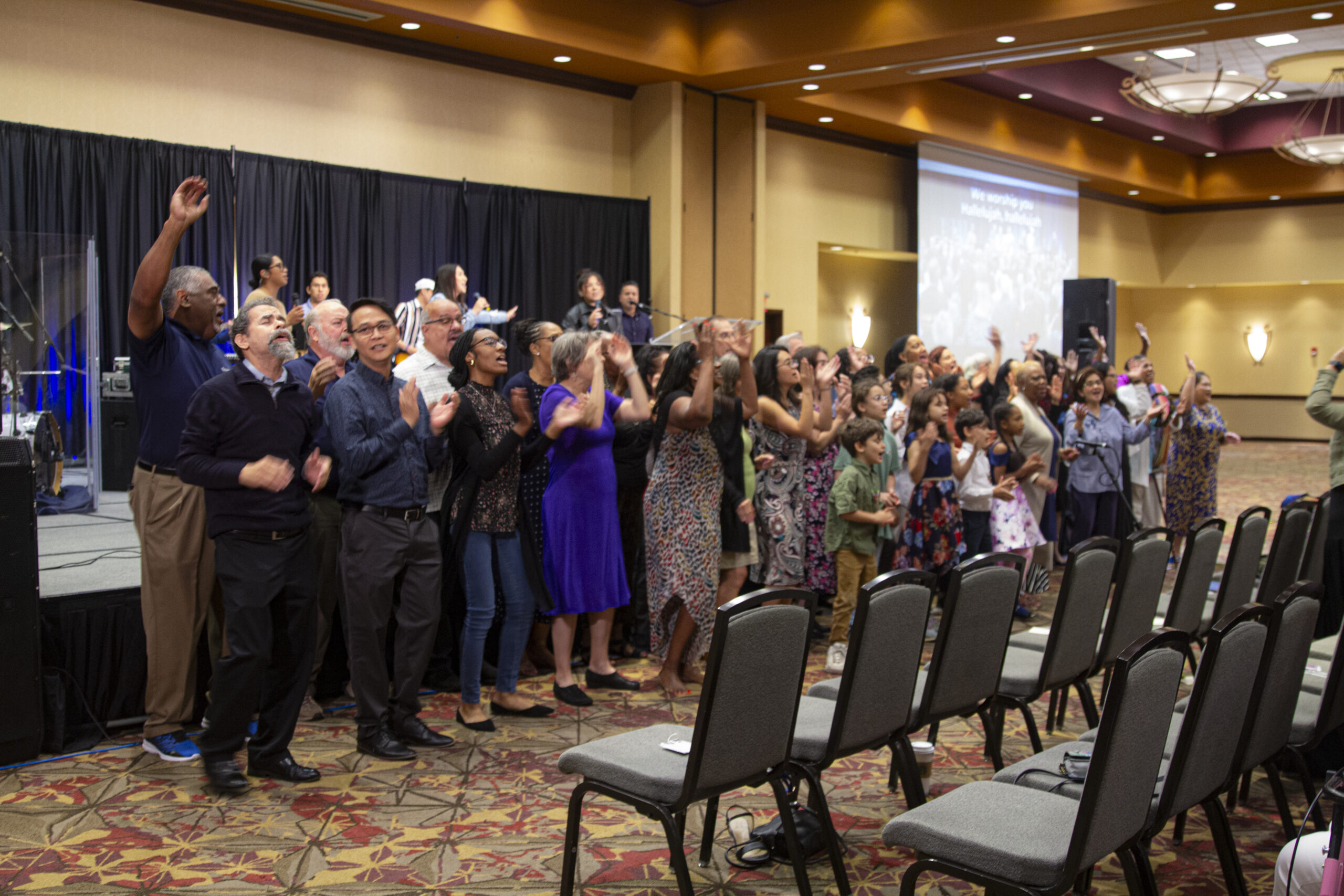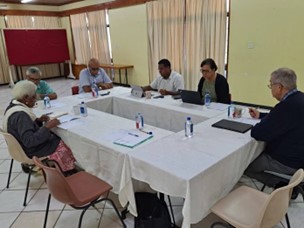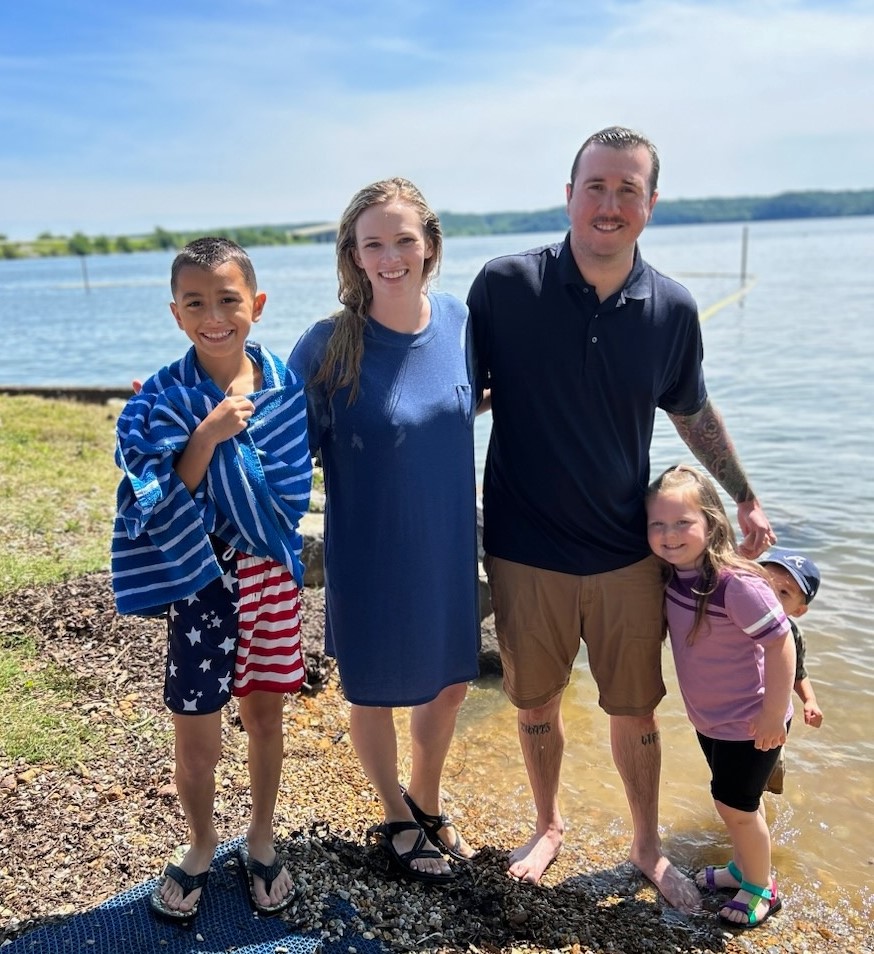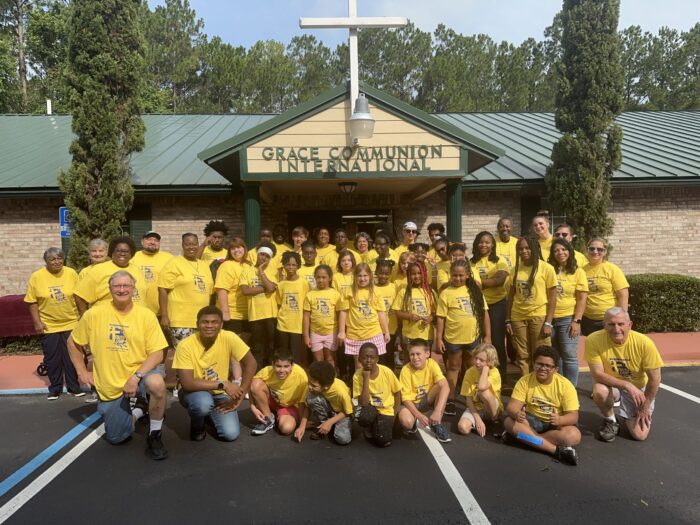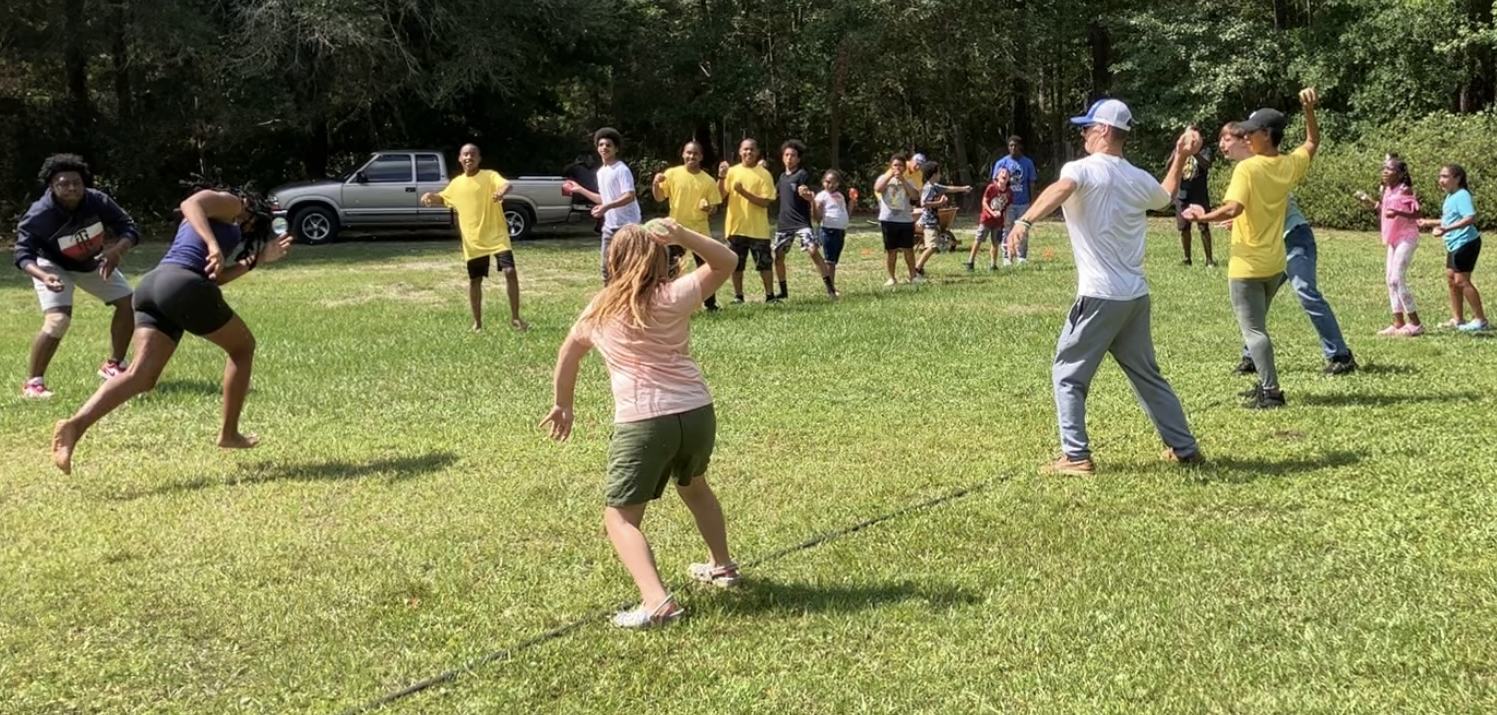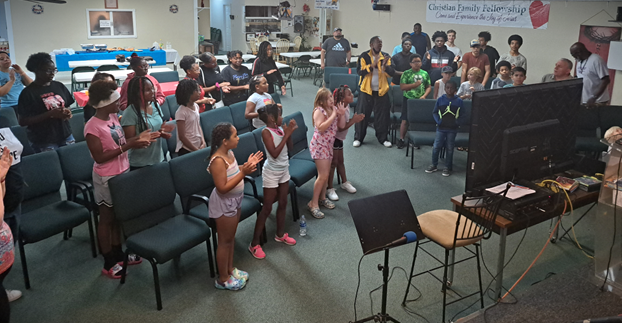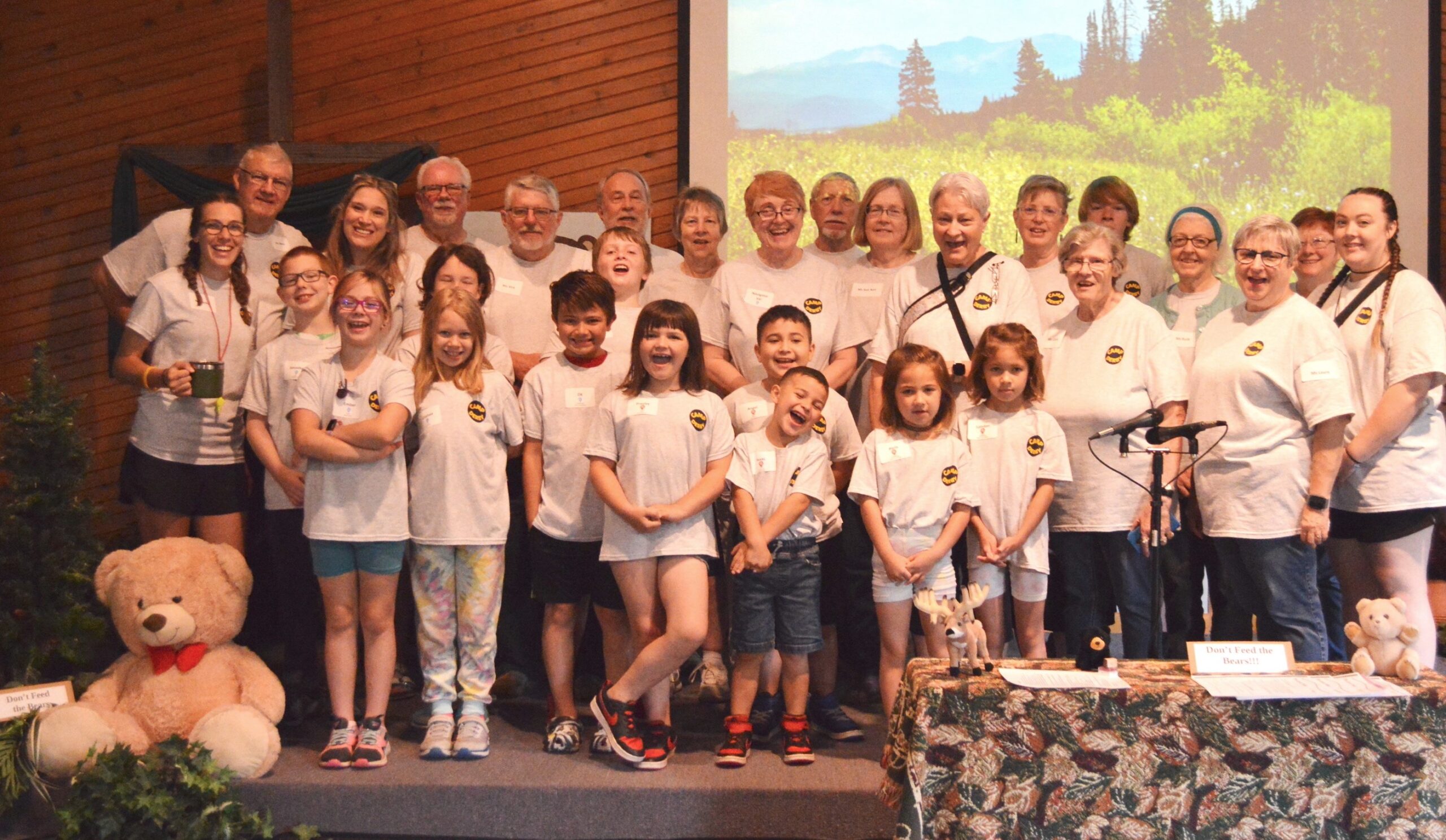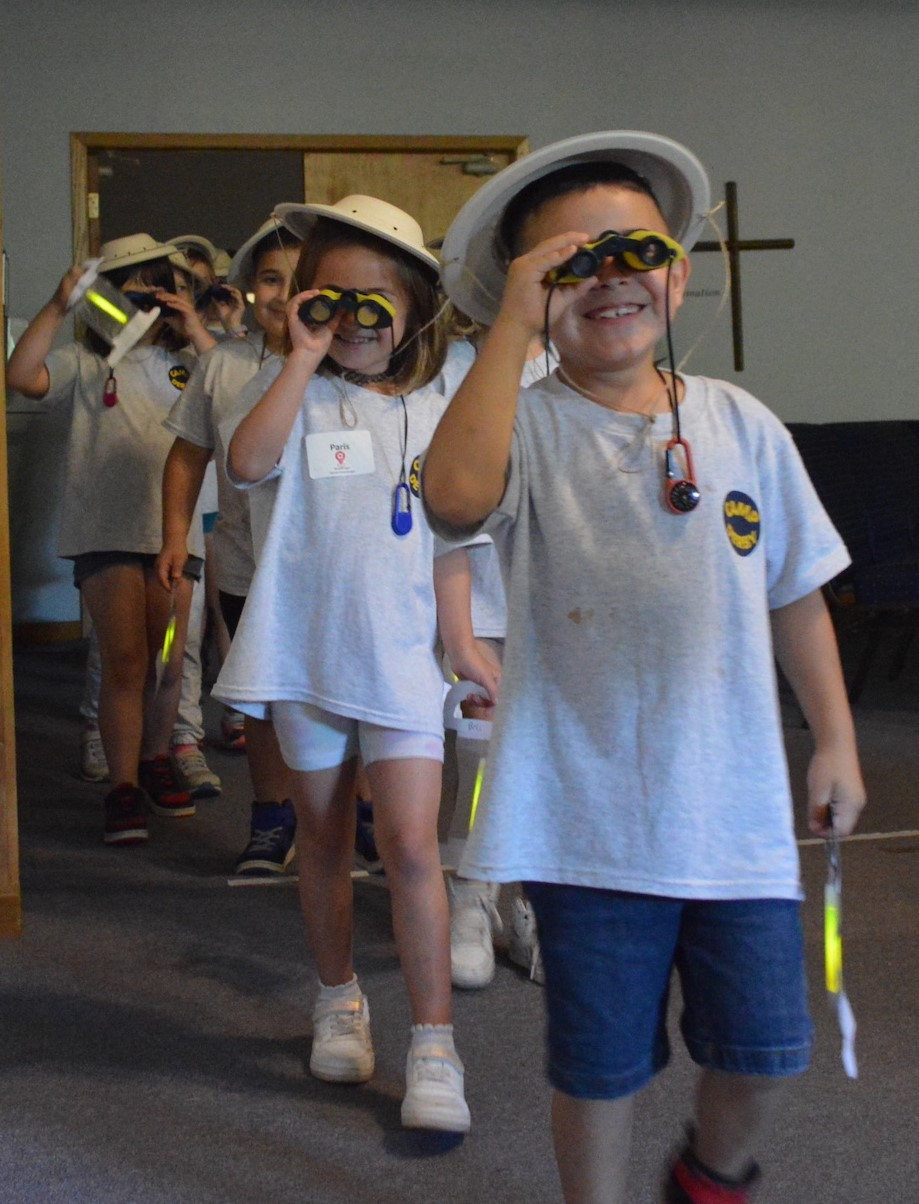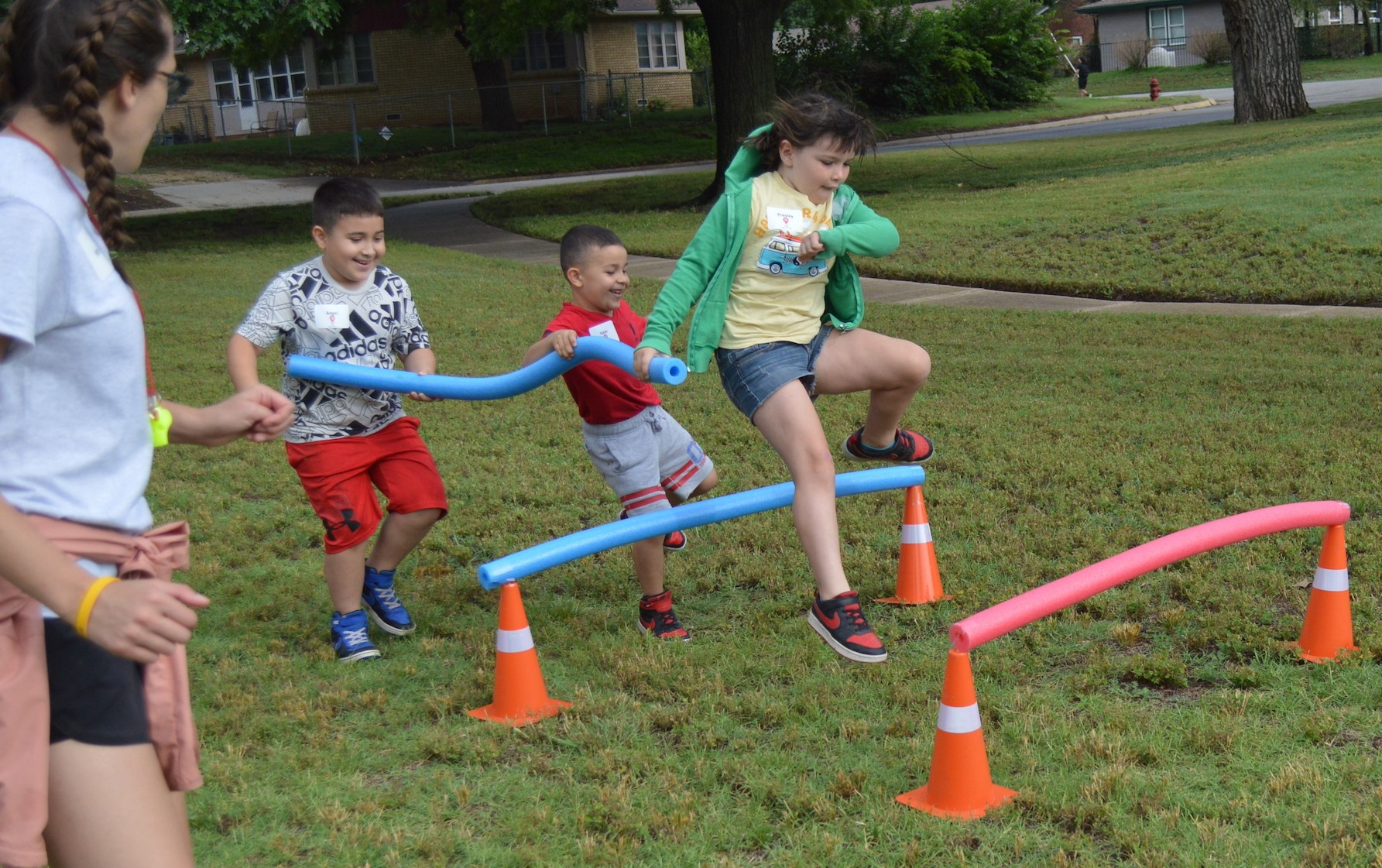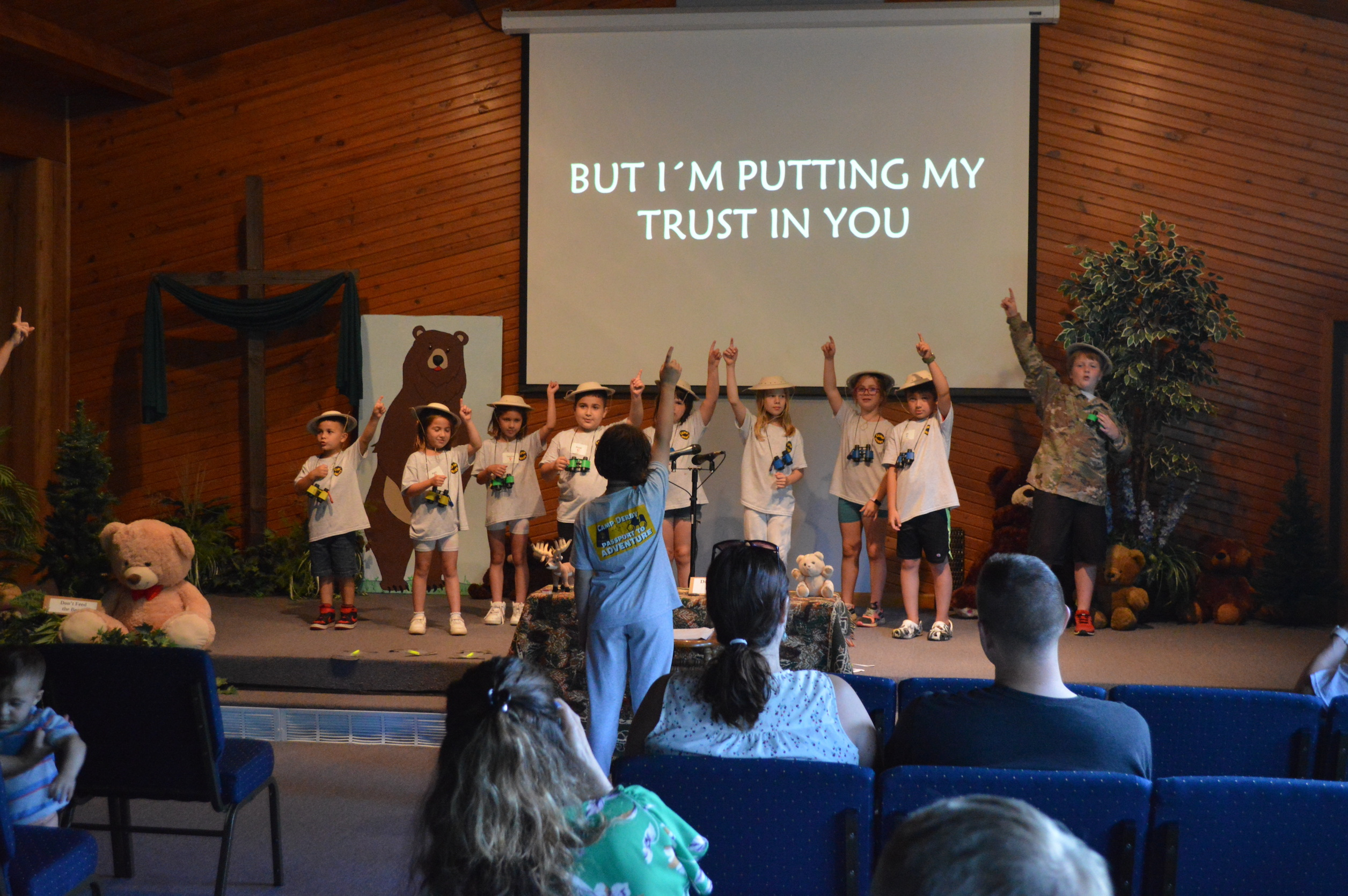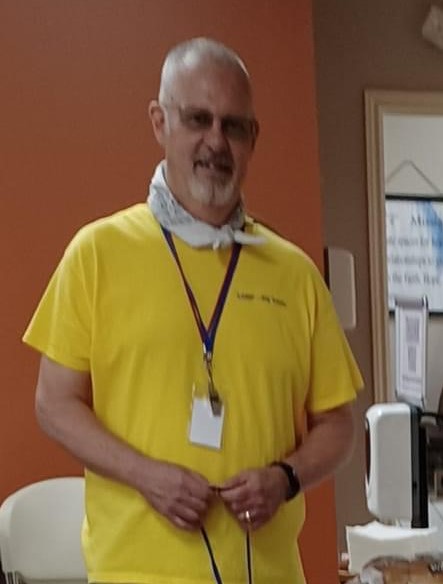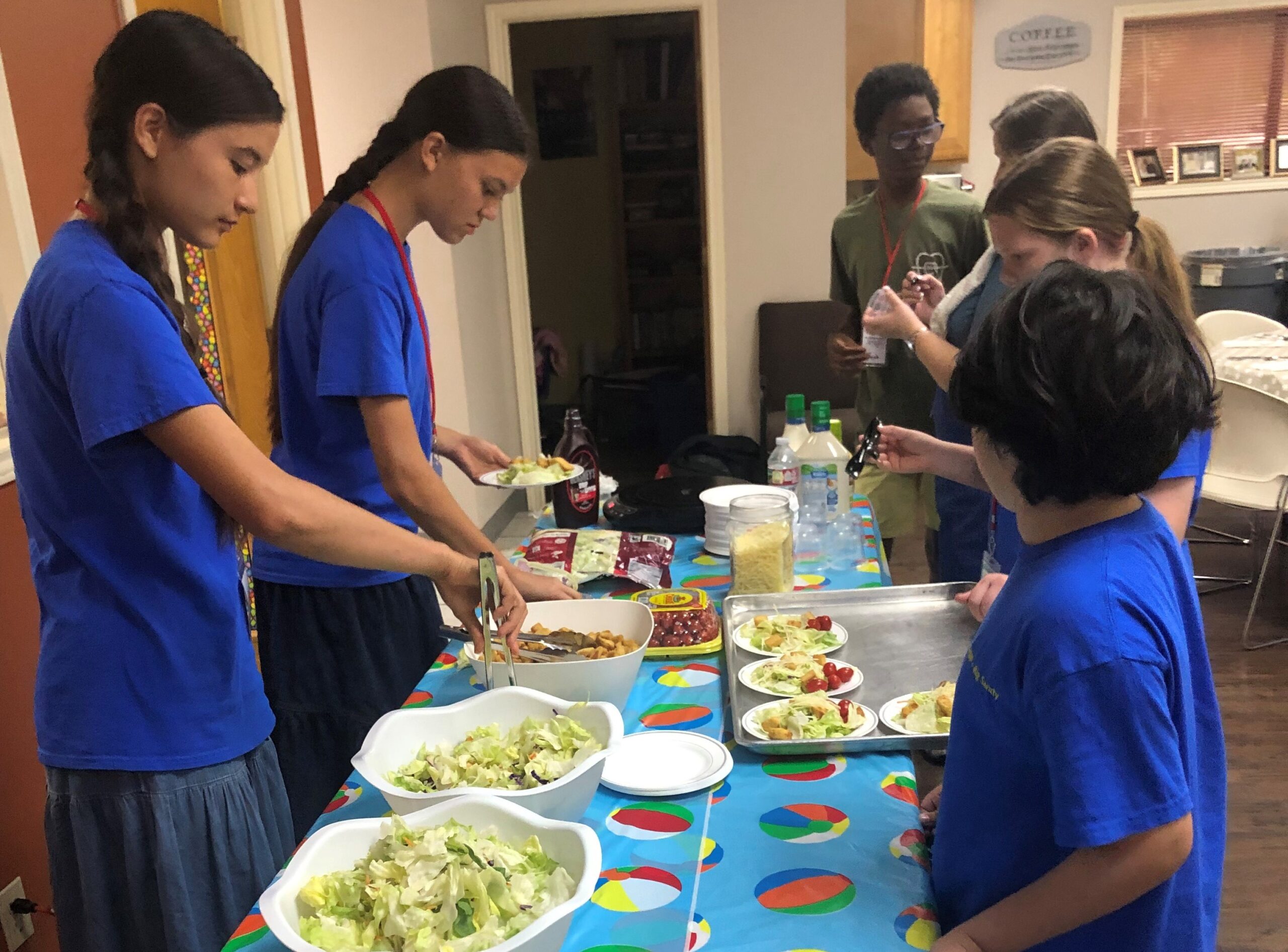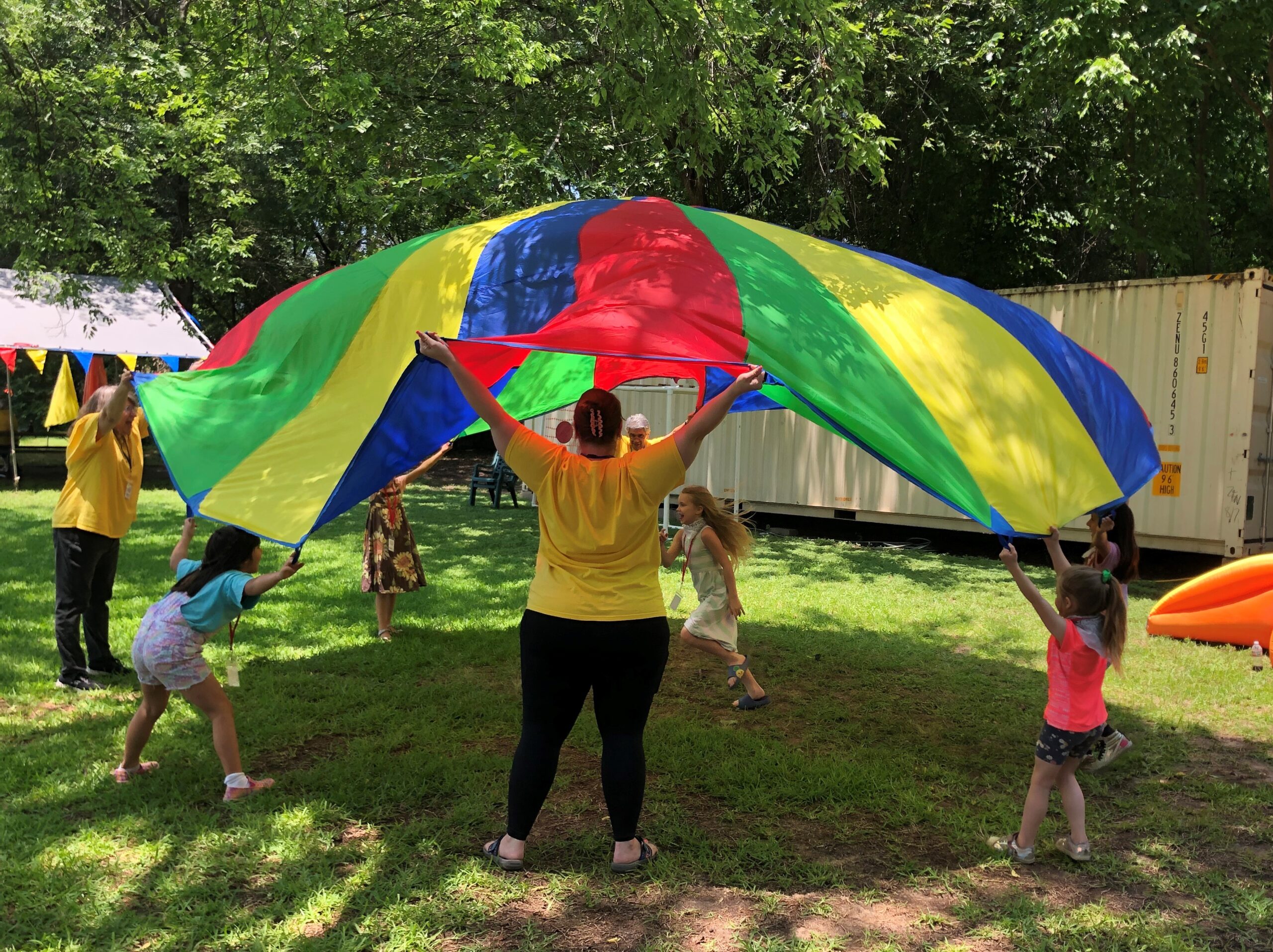Dear GCI Friends and Family,
For this issue of Update, I wanted to give the column to retiring superintendent, Eugene Guzon. It has been my privilege and joy to work with Eugene over the years. Lulu, his wife, has been a wonderful partner and support alongside Eugene. Their daughter, Joyce, and her husband, Aron, are vibrant leaders for the present and the future.
During our recent Celebration, Eugene passed the superintendent baton to Danny Zachariah. Eugene emulates the love and patience of Jesus. His commitment and tireless service have been appreciated by the Philippines and the entire Asian Region. I wish Eugene and Lulu much joy and fulfillment in this next stage of life.
In Him,
Greg Williams
P.S. Don’t miss the recordings of the Denominational Celebration in this issue.
I write to share highlights and reflections from God’s work in Asia—a region of diverse peoples, cultures, and spiritual beliefs. A large segment of the population is young. The countries are developing, and resources are scarce. In several areas, Christians are a minority. GCI has been active in the Philippines, India, Bangladesh, Malaysia, Myanmar, Singapore, and Thailand, with networks in other countries, like Nepal.
I became Asia Superintendent in January 2019. The territory was a new frontier for me with its unique context and geopolitical challenges. An element that characterized this assignment was change. The Healthy Church vision was being introduced. We formed a new Community of Practice (COP) with Danny Zachariah and Wong Mein Kong, who were also early into their roles as regional directors for the Indian sub-continent and Southeast Asia (respectively). The landscape of the church shifted through COVID-19. It was a time of active learning as we tried to discern and follow where the Spirit led.
Participating together
One of the ways God is moving in Asia is through the people. I am inspired by many committed servant leaders, most of whom are volunteers. God provided them as engines of ministry in our local churches to carry out His mission. We have also been blessed through generous partners from our bigger GCI family and other like-minded organizations.
We are experiencing the value of teams. From the GCI Superintendents and Asia COP to the Philippines National Ministry Team, district directors, pastoral teams, and now the Faith, Hope, and Love Avenues, the team-based culture has been empowering and fulfilling. The process of cultivating REAL teams is not quick or easy, but it is a worthwhile investment and is more reflective of the life of our triune God.
Read More Laying the groundwork
God also led us to lay the groundwork and put organizational frameworks in place to help us pursue Healthy Church. This involved leadership and administrative consolidation in India, a new corporate legal structure in the Philippines, registration of GCI in Bangladesh, and new governance structures aligned with the Home Office and the team-based model.
We needed to be more intentional and strategic with development. The call is to raise leaders led by Jesus, who are equipped to lead others to Jesus. Praise God for the denomination’s support and our congregations’ efforts to help ministry workers undergo studies with Grace Communion Seminary, as well as with ACCM and other local seminaries. The formation of the Ministry Training Center in the Philippines is gaining momentum, and this will contribute to developing people who can nurture healthy churches at home and even across the region. While some of these are long-term endeavors, we trust God is with us in the process and he will fulfill his purposes.
It has been awesome witnessing how amidst challenges and uncertainty, God can bring about growth. Across Asia, we have seen this in the number of baptisms, new church plants, next generation leaders, and the strong foundations for GCI to move forward. These are testaments to God’s faithfulness, power, and goodness in blessing our collective participation.
Reflecting and looking forward
At the 2023 GCI Denominational Celebration, it was with confidence and hope that I passed the baton to Danny Zachariah as the next GCI Asia Superintendent. In addition to being a valued member of the Asia COP, Danny has been a national pastor in India for almost three decades, all throughout which God has been preparing him for this special role.
I look back on my 48 years with our denomination, with 33 years serving in ministry. I am grateful for how God has allowed me to know him, for the mentors and friends he has sent, and for the strength he has given me to do my best. My heartfelt thanks to Dr. Greg and the Home Office, our Asia and Philippine teams, to all of you in our GCI community, and to my family—Lulu, Joyce, Aron, and Lizzie—for your love, grace, and support.
With retirement, I face another new frontier. But as I continue to learn, God is faithful in every season and transition. I hope to experience him in fresh ways as I navigate this next chapter. I will take the opportunity to rest, spend time with family, and explore new skills and ways to be productive. As for participation in GCI, my heart for and dedication to the church remains. Like with geese in a “V” formation, there is a time to lead and a time to make space for others while still flying in the same direction and bearing others up.
May God continue his vibrant work and use GCI in mighty and missional ways to make disciples in our communities and beyond our borders, by his grace and for his glory!

Participating with Christ,
Eugene Guzon
 Twenty-two campers ages 5 to 12 from 15 families served by 28 staff members (including 3 teenagers) made for a great time of loving God, loving others, having fun, and being safe at the Richardson Neighborhood Skills Camp. Organized by Grace Communion Richardson with help from our American Heritage Girls Troops TX1595 and TX0147 and Trail Life Troop 147, the young people were taught various life skills and the relational skills of kindness, truthfulness, forgiveness, and courage. It was our first neighborhood camp, and it went very smoothly, praise God, despite some initial trepidation in the planning phase.
Twenty-two campers ages 5 to 12 from 15 families served by 28 staff members (including 3 teenagers) made for a great time of loving God, loving others, having fun, and being safe at the Richardson Neighborhood Skills Camp. Organized by Grace Communion Richardson with help from our American Heritage Girls Troops TX1595 and TX0147 and Trail Life Troop 147, the young people were taught various life skills and the relational skills of kindness, truthfulness, forgiveness, and courage. It was our first neighborhood camp, and it went very smoothly, praise God, despite some initial trepidation in the planning phase. The theme of camp was “Develop Your Superpowers.” The staff taught the campers that the skills and gifts that God has given all of us are meant to be developed and shared in love. Skills taught included cooking, gardening, auto care, first aid, graphic design, cartooning, cake decorating, sign language, chess, home repairs, ancient weapons, outdoor skills, sports fitness, and musical ear training. Classes were practical, hands-on, and fun. Role-playing interactions helped develop the relational skills mentioned above.
The theme of camp was “Develop Your Superpowers.” The staff taught the campers that the skills and gifts that God has given all of us are meant to be developed and shared in love. Skills taught included cooking, gardening, auto care, first aid, graphic design, cartooning, cake decorating, sign language, chess, home repairs, ancient weapons, outdoor skills, sports fitness, and musical ear training. Classes were practical, hands-on, and fun. Role-playing interactions helped develop the relational skills mentioned above. As Katherine, one of our staff members, shared, “watching Audrey* come out of her shell during the ‘Get to Know You’ games (when just a few minutes before that, she’d been sniffly and asking me to phone her mom), and seeing her really enjoying her first session of ‘Drawing Comics’, and then watching her beaming face skip into the room on the second morning with no hesitation or fear was one of my favorite memories!” Another staff member, Connor, said he loved that the kids got more and more confident during each relational skills session.
As Katherine, one of our staff members, shared, “watching Audrey* come out of her shell during the ‘Get to Know You’ games (when just a few minutes before that, she’d been sniffly and asking me to phone her mom), and seeing her really enjoying her first session of ‘Drawing Comics’, and then watching her beaming face skip into the room on the second morning with no hesitation or fear was one of my favorite memories!” Another staff member, Connor, said he loved that the kids got more and more confident during each relational skills session.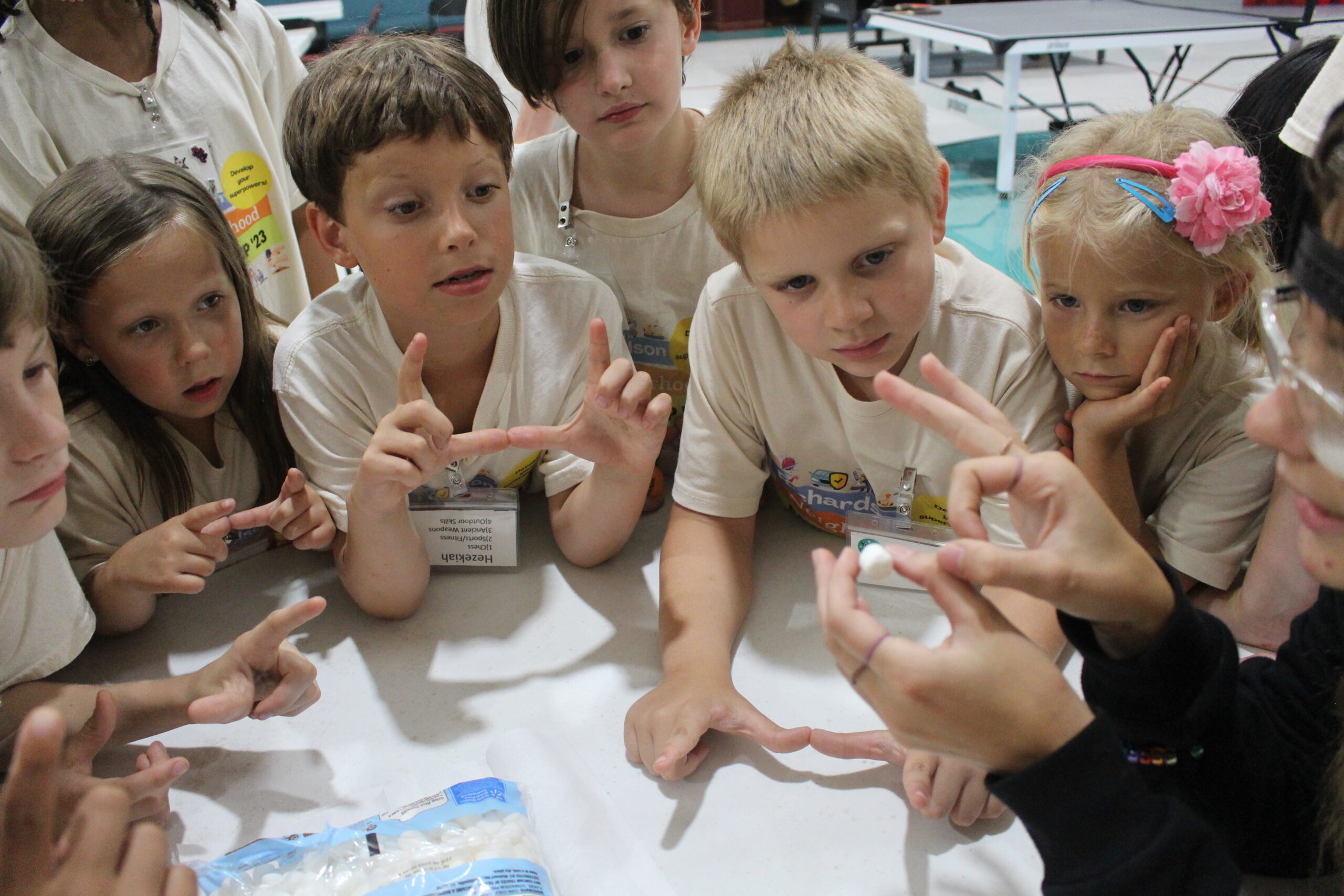 I was inspired by the hard work, graciousness, and love of the staff that permeated camp. And I felt it was all worth it when a number of the campers and parents requested that we hold camp again next year with more days added.
I was inspired by the hard work, graciousness, and love of the staff that permeated camp. And I felt it was all worth it when a number of the campers and parents requested that we hold camp again next year with more days added. Gabriel Ojih, Pastor
Gabriel Ojih, Pastor







